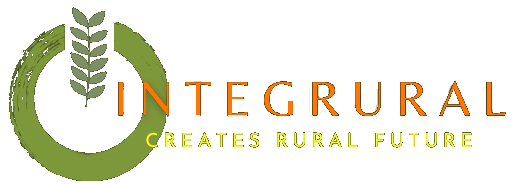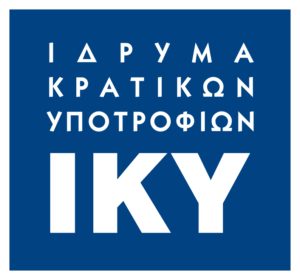Comparative study
of the state-of-the-art and collection of Good Practices
We share our energies and ideas...
Based on the database of best practices, a survey will be carried out in all areas covered by the project, in order to assess the situation regarding the state of productive activities in agriculture and stock breeding in relation to cooperation attitudes between stakeholders, flows of information, sustainable development and to linking production with cultural heritage.
The aim is to use the results so as to chart in depth commonalities and gaps between the areas and to use them in order to create an integrated and not country-specific training material.

01.
Living lab for rural
- 1) Exploration: understanding the currents trends and needs of the different target groups
- 2) Brainstorming. This ranges from the identification of existing solutions (through documentation, facilitation), to the generation of new solutions (via crowdsourcing, and/or workshops employing creativity techniques)
- 3) Evaluation and selection of ideas. This is the stage when the ideas are filtered and candidate ideas for project proposals are chosen. This is generally on the basis of originality, social desirability, economic viability, technological feasibility and security.
- 4) Conceptualisation. This is the stage for developing the most promising ideas emerging from the evaluation filter and developing the concept. This is where local ideas get shape and design

02.
Looking for case studies
The contribution for each one of the five areas covered by the project will be composed by the relevant partners (all partners will be thus involved in the case-studies composition).
Each contribution will be structured as a case study, which will be based on questionnaires, surveys (fieldwork) and interviews. The structure of the questionnaires and the interviews will be put together by the partner organizations and will be finalized by the Steering Committee.

03.
Gaps become our strengths
The main outcomes of this comparative study are the input for the methodology, the educational material and the training activities.



